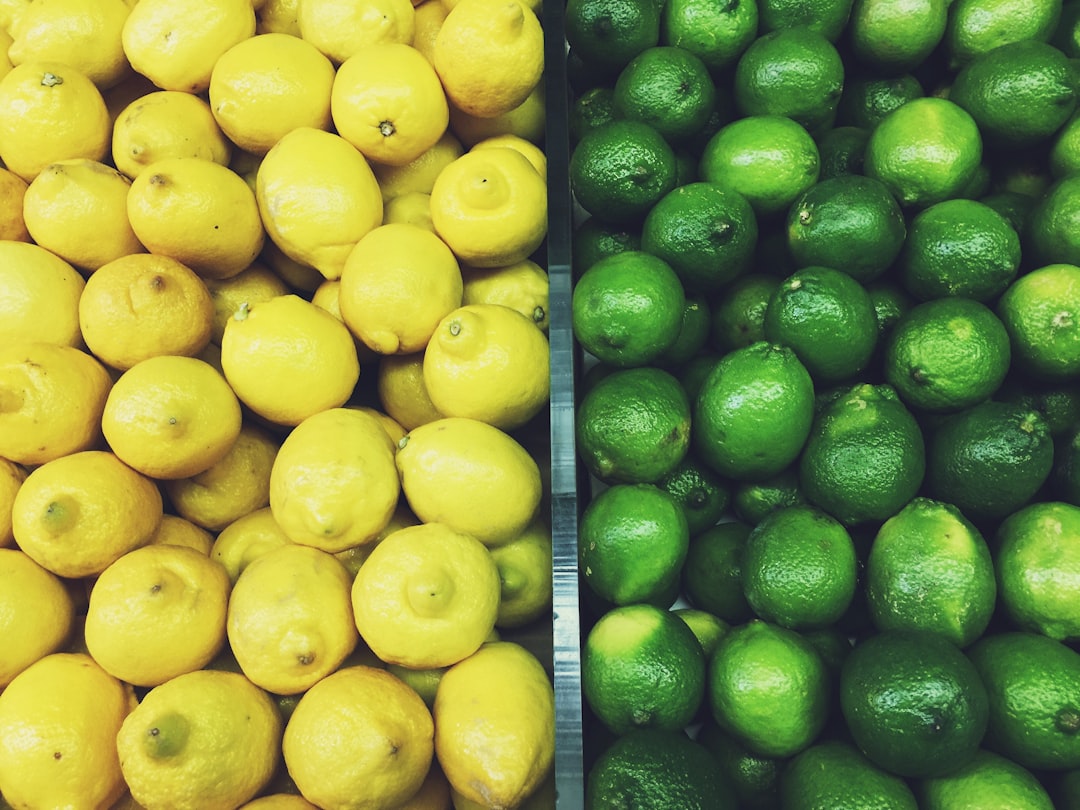Can you tell the difference between lemons and limes? I bet many, like me, have been puzzled over this distinction between lemon vs lime for some time. Lemons and limes are both citrus fruits and share similar characteristics, such as being highly acidic in nature. But some differences, like appearance, flavors, acidity, and more, between these two fruits sure set them apart from each other. So when do we use one fruit over the other?
1. Green lemons are not limes, and yellow limes are not lemons either.
This is truly confusing. Sorry that limes don’t turn into lemons and vice versa. So how about let’s get started with just limes. Limes are harvested prior to ripening, while the lime is still green. The generally available sour, unripe, and green limes are higher in citric acid, hence tarter, and they go by these two main types: the Tahitian and the Key or Mexican lime.
The best lime tree harvest time is just before it turns yellow. Once fully matured, yellow limes will lose their acidity and get juicier, but will be bitter and not taste very good. This is probably one of the reasons we mostly see green, unripe limes at the store. Make sure to keep unripe limes away from sunlight exposure to preserve their color and flavor.
Now, with lemons, they are ready to be picked as soon as they are firm and ripen to a yellow or yellow green in appearance. For greenish-yellow lemons, they will likely continue to ripen off the tree.
2. Appearance, flavors, and acidity of lemons differ from that of limes.
Lemons and limes might come from the same citrus family, but their respective characteristics of appearance, flavors, and acidity make lemons unique from limes. Typically, lemons are yellow, larger than limes, and ellipsoidal. whereas limes are green, small, and typically round. In terms of flavors, lemons have a sour taste with about 2% total sugar while bitter limes have between 0.5% and 0.75%. Interestingly, lemons are slightly sweeter than limes.
Due to different composition of acids, limes are more acidic than lemons. While citric acid almost entirely makes up a lemon, it also plays a role in limes but with additional acids to showcase the signature bitter lime flavor.
3. Lemon vs lime nutrition matters.
With some slight variations, lemon vs lime contain similar content of nutrients, such as citric acid (a little more in limes), vitamin C, and folate. Citric acid is alkaline in nature, meaning that it stimulates calcium carbonate to neutralize other strong acids in the body. Pretty cool. Though lemons are a richer source of vitamin C and folate than limes, there is more vitamin A present in limes. To some extent, lemons have less carbohydrates and more protein compared to limes. All in all, these dissimilarities between lemon vs lime do not matter that much on your everyday intake.
4. They are used in cooking and beverages.
In cooking, lemon juice is used in salads and pasta dishes and squeezed on fish fillets and meats. Desserts, such as ice creams, pies, cookies, cheesecakes, pastries, cakes and more, incorporate lemon juice, pulp, and zest. Contrastingly, lime juice is found in similar savory dishes as lemon is, but its dessert forms are less common compared to that of lemons. Hey don’t forget about that key lime pie.
In beverages, lemonade and limeade are refreshing. Lemon juice and lime juice are also popularly used in alcohol cocktails.
5. Surprisingly, they are also good for other things too.
Outside of food and drink, lemon is used more often compared to lime. You can commonly find lemon-scented cleaning products and air fresheners while it is also one of the most popular cough drop flavors. On the other hand, lime is found in some perfumes.
6. You can substitute one for the other with some adjustments.
Lime zest can be exchanged with lemon zest, just as lime juice and lemon juice can be substituted tablespoon for tablespoon. If you need more lime juice for your recipe, 1 cup of lemon juice substitutes for ¾ cup of lime juice, because lime juice is more acidic than lemon juice and has a stronger flavor.
More than just citrus fruits, lemons and limes have their own unique features. Hope you can now distinguish between them, know when to use which one, and squeeze the day to impress your family and friends.



